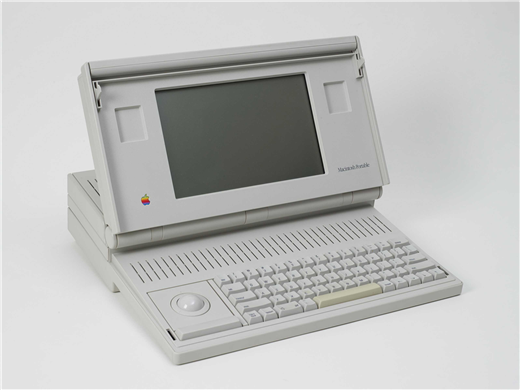© Mark Ollig
My recent purchase of a new smartphone equipped with 5G left me feeling pretty good about owning the latest technology.
However, recalling the quote, “Technology has the life of a banana,” gave me pause to consider the question, “What’s next?”
The quote was made 14 years ago by Scott McNealy, co-founder of the former technology company Sun Microsystems.
For now, 5G (5th Generation) technology is the cellular driving lane we are traveling on; but be aware: the 6G turn-off exit is approaching up ahead. We will be making our turn onto it within the next 10 years.
Last week, LG Electronics successfully demonstrated the transmission and reception of wireless data using 6G technology over a distance of 328 feet in an outdoor setting in Seoul, South Korea.
I will grant you, 328 feet isn’t very far, but it shows engineers are on the right road for building the 6G technology we will be using in the not-too-distant future.
One advantage of using 6G technology will be data speeds 50 times greater than the current 5G some of us are now using.
Current 5G technology delivers data speeds averaging 75 Mbps.
Future 6G technology will reduce latency (delay of data received) by 10 percent. It will also improve the accuracy of the data being transmitted and received.
In addition, our voice conversations will sound more “natural,” as if we were having a face-to-face discussion with the person we are talking with on our cellphone.
Additionally, future 6G-compatible cellphones will allow for multiple video streaming services over superior quality high-definition.
One of the challenges engineers will need to overcome constructing a 6G signaling system is the vast amount of power required as data is transmitted; currently, its transmission distance is short-ranged.
Martin Cooper, 92 years old, is considered “The father of the portable cellular phone.” He holds 11 US patents in the field of wireless communications.
In the early 1970s, Cooper and other engineers at Motorola constructed a working prototype for the first portable cellphone.
On April 3, 1973, in Manhattan, NY, Martin Cooper publicly demonstrated a new wireless device that would go on to revolutionize communications; he placed the first wireless call using a portable cellular telephone.
Cooper called his counterpart at AT&T’s Bell Labs division, Joel Engel, and said, “Joel, I’m calling you from a real cellular telephone. A portable handheld telephone!”
Engel had been unsuccessful in producing a working portable cellphone for AT&T.
I can only imagine Engel’s reply to what I assume was a grinning-from-ear-to-ear Cooper.
In the early 1980s, Robert Galvin, the CEO of Motorola, was visiting with then Vice President George H.W. Bush. When Galvin showed him Motorola’s new portable cellular telephone, Bush said, “Well, I have to show this to Ron [President Ronald Reagan].”
The Motorola portable cellphone measured about 11 inches high, 1.5 inches wide, and 4 inches deep. It weighed approximately 2.5 pounds.
Upon seeing the portable cellphone, Reagan asked, “What’s keeping us from having this?”
Some of you may wonder about the other “G’s” preceding our current 5G wireless technology.
In 1983, Ameritech in Chicago started the first 1G (1st generation) public cellular network in the US. Motorola’s DynaTAC was the first mobile telephone using this network.
Motorola’s 8000X DynaTAC “brick” cellular phone sold for $4,000 in 1983, which today, is equal to $10,964.
Radiolinja in Finland began the first authentic 2G digital cellular network in 1991.
NTT DoCoMo in Japan launched the first 3G system in 1998.
In 2009, TeliaSonera activated the world’s first 4G cellular systems in Stockholm, Sweden, and Oslo, Norway.
It was only two years ago when major wireless carriers started installing 5G cellular technology, so it is still early in our exposure to it.
Minneapolis, MN and Chicago, IL were the first cities in the world to have 5G-enabled smartphones connected to a 5G network.
Cooper obtained US Patent 3,906,166, titled Radio Telephone System, Sept. 16, 1975. This patent includes drawings and specifications of his portable phones’ interface to the radio towers within individual cellular networks and their connection to the Public Switched Telephone Network.
You can see his US Patent at https://bit.ly/3sDKrRH.
My sources say we will begin seeing media ads for 6G compatible smartphones by the end of 2029.
Stay tuned.
 |
| My cellphone home screen Inserted larger photo of the "5G" (yes, that's me on the telephone pole!) |
 |
| Wireless radio tower symbol (Right-To-Use image fee paid) |




